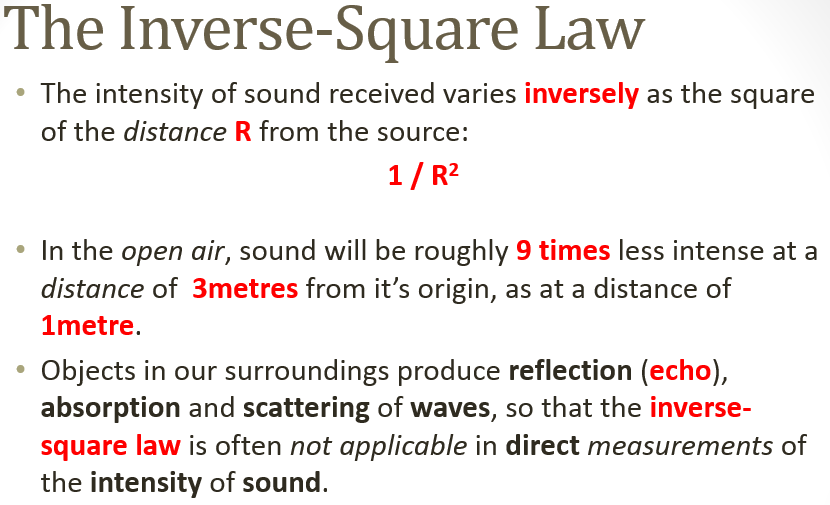The medium of a wave is the matter a wave travels through.
There are 2 basic wave classifications transverse and longitudinal waves.
(Expansion means rarefaction below)
A transverse wave is a wave in which the motion of the medium is at right angles to the direction of the wave. A wave on a rope is a transverse wave. Light and other electromagnetic waves are also transverse waves.
(Particles vibrate at a right angle to the direction of the wave)
(Particles vibrate at a right angle to the direction of the wave)
In a longitudinal wave, the motion of the medium is parallel to the direction of the wave . This means that the particles move left and right which in turn makes the other particles start to oscillate. Sound waves are longitudinal waves.
(If the wave is moving right to left - the particles will also vibrate from right to left).
(If the wave is moving right to left - the particles will also vibrate from right to left).
Water waves involve both longitudinal and transverse motions.
We began by learning about sound waves.
Sound waves are longitudnal.
Every sound wave is produced by a vibration (a vibration is the back and forth movement of an object).
Sound is transmitted as a wave motion through a medium These waves travel at different speeds in different mediums such as metal (a solid), water (a liquid) or air (a gas).
Sound energy moves as one particle hits another particle.
Sound travels quickest through a solid with the particles being so close together. 5,000 m/s in steel.
Sound energy takes a little longer to travel through a liquid because particles in a liquid are slightly further apart when compared to a solid. 1,500 m/s in water.
Sound waves travel slowest through gas because the particles are so spaced out. 333 m/s in air.
A sound wave is a series of alternate compression (increase in density) and rarefaction (decrease in density) events in the medium.
Sound waves travel in all directions, sound gets reflected on hitting a solid surface this is called echo (used in detective depth of seabeds).
- The vibration of particles produces waves, wavelength is the distance between two consecutive compressions or rarefactions, it is equal to the velocity divided by the frequency (measured in metres).
- For a Transverse wave, the wavelength is the distance between two successive crests or troughs.
- For Longitudinal waves, it is the shortest distance between two peak compressions.
- The number of waves passing through a point in a second is called frequency, it is equal the the velocity divided by the wavelength (measured in Hertz).
- The velocity of the wave, which is the speed at which it advances, is equal to the wavelength times the frequency (measured in metres per second).
We next learned about standing waves.
- Standing (stationary) waves disturb, but do not travel through the transmission medium.
- They are present e.g. in the vibrating strings of a musical instrument and other places.
- A violin string when bowed or plucked, vibrates as a whole with a Node (minimum) at each end and an anti-node (maximum) in the middle.
- A violin string also vibrates in halves, with a node at the centre, in thirds and in other fractions, all simultaneiously.
- A room can support a standing wave with a node at each opposing wall.
The vibration of a violin string as a whole produces the Fundamental (basic) tone, and the other vibrations produce various Harmonic Tones.
- A harmonic is an integer multiple of the fundamental frequency. e.g.
- Second harmonic = 2 * Fundamental
- Third Harmonic = 3 * Fundamental
We then learned about Amplitude.
- The height of the wave is called its amplitude. Some areas consider the middle of the wave to its peak as the amplitude, while others consider peak-to-peak as the amplitude.
- Amplitude relates to loudness in sound and brightness in light.
We finally learned about Sound level and the Decibel.
- The sound intensity of normal conversational speech is around 10^5
- So that we can conveniently discuss and graph such a huge range of values, sound intensity (power) level is defined using a logarithm and is measured in decibels (dB).
- Knowing the intensity of a sound wave allows one to calculate the deciBel (dB) level of that sound.
- Sound intensity level = 10 log10(Isound / Istandard) dB
http://en.wikipedia.org/wiki/Wave
^For first line definition.
^For first line definition.
^To put in clearer words the difference between transverse and longitudinal waves rather than just visually.








No comments:
Post a Comment